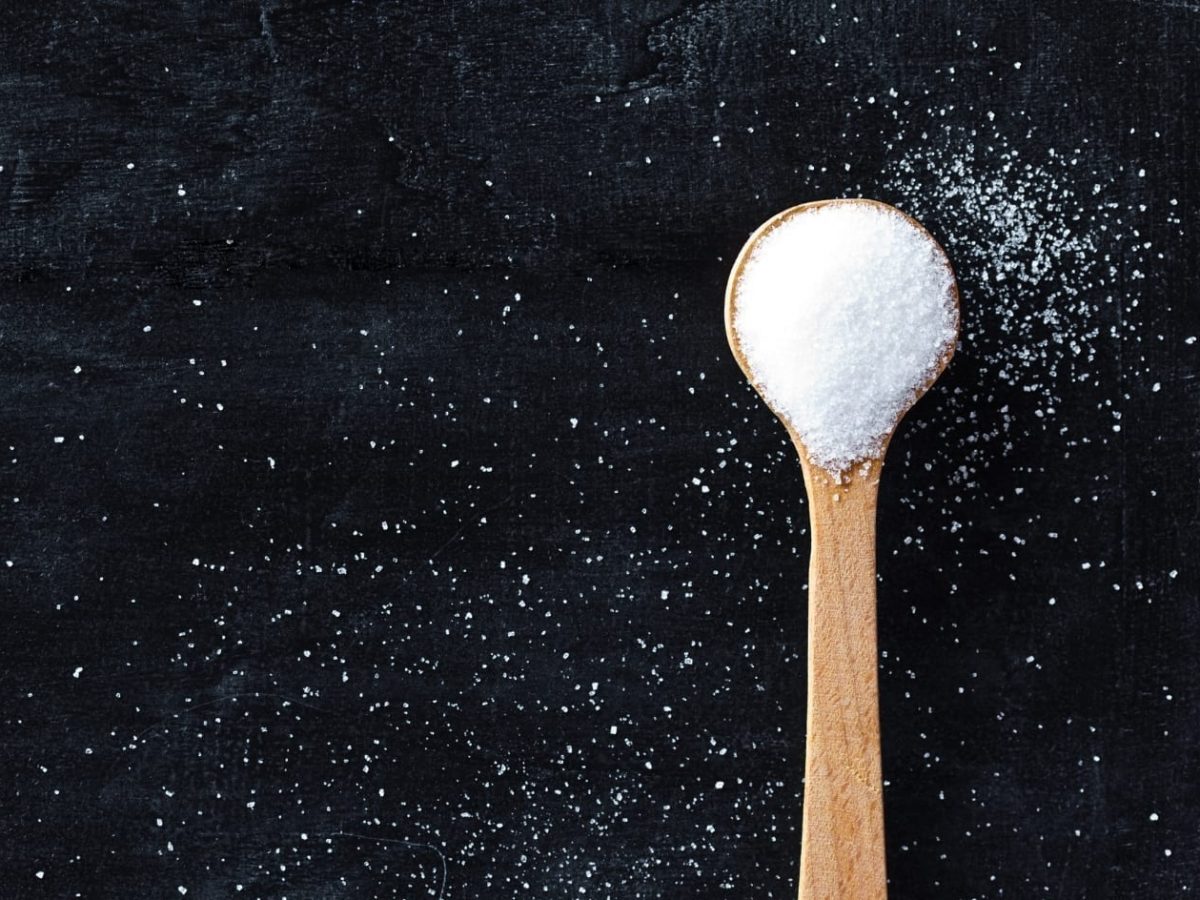

Restricting salt intake is considered a key component of heart failure treatment, but restricting it too much may actually worsen the outcomes for people with a common form of the condition, suggests research published online in the journal Heart.
Younger people and those of black and other ethnicities seem to be most at risk, the findings indicate.
Salt restriction is frequently recommended in heart failure guidelines, but the optimal restriction range (from less than 1.5 g to less than 3 g daily) and its effect on patients with heart failure with preserved ejection fraction isn’t clear as they have often been excluded from relevant studies.
Heart failure with preserved ejection fraction, which accounts for half of all heart failure cases, occurs when the lower left chamber of the heart (left ventricle) isn’t able to fill properly with blood (diastolic phase), so reducing the amount of blood pumped out into the body.
In a bid to explore the association with salt intake further, the researchers drew on secondary analysis of data from 1713 people aged 50 and above with heart failure with preserved ejection fraction who were part of the TOPCAT trial.
A phase III, randomised, double-blind, placebo-controlled study, this trial was designed to find out if the drug spironolactone could effectively treat symptomatic heart failure with preserved ejection fraction.
Participants were asked how much salt they routinely added to the cooking of staples, such as rice, pasta, and potatoes; soup; meat; and vegetables, and this was scored as: 0 points (none); 1 (⅛ tsp); 2 (¼ tsp); and 3 (½+tsp).
Their health was then monitored for an average of 3 years for the primary endpoint, a composite of death from cardiovascular disease or admission to hospital for heart failure plus aborted cardiac arrest. Secondary outcomes of interest were death from any cause and death from cardiovascular disease plus hospital admission for heart failure.
Around half the participants (816) had a cooking salt score of zero: more than half of them were men (56%) and most were of white ethnicity (81%). They weighed significantly more and had a lower diastolic blood pressure (70 mm Hg) than those with a cooking salt score above zero (897).
They had also been admitted to hospital more often for heart failure, were more likely to have type 2 diabetes, poorer kidney function, to be taking meds to control their heart failure, and to have a reduced left ventricular ejection fraction (lower cardiac output).
Participants with a cooking salt score above zero were at significantly lower risk of the primary endpoint than those whose score was zero, mainly driven by the fact that they were less likely to be admitted to hospital for heart failure. But they were no less likely to die from any cause or from cardiovascular disease than those whose cooking salt score was zero.
Those aged 70 or younger were significantly more likely to benefit from adding salt to their cooking than were those older than 70 in terms of the primary endpoint and admission to hospital for heart failure.
Similarly, those of black and other ethnicities seemed to benefit more from adding salt to their cooking compared with those of white ethnicity, although the numbers were small.
Gender, previous hospital admission for heart failure, and the use of heart failure meds weren’t associated with heightened risks of the measured outcomes and cooking salt score.
This is an observational study, and as such, can’t establish cause. Not all relevant data from the TOPCAT trial were available, while the cooking salt score was self-reported, acknowledge the researchers. And reverse causation, whereby people with poorer health might have been advised to further restrict their salt intake, can’t be ruled out.
Lower sodium intake is usually associated with lower blood pressure and a reduced risk of cardiovascular disease in the general public and in those with high blood pressure. It is thought that it reduces fluid retention and the triggering of the hormones involved in blood pressure regulation.
But restricting salt intake to control heart failure is less straightforward, say the researchers. It may prompt intravascular volume contraction, which could, in turn, reduce congestion and the requirement for water tablets to ease fluid retention.
But their study findings show that the volume of plasma in the blood—an indicator of congestion—-wasn’t significantly associated with cooking salt score, suggesting that low sodium intake didn’t ease fluid retention in people with heart failure with preserved ejection fraction, point out the researchers.
“Overstrict dietary salt intake restriction could harm patients with [heart failure with preserved ejection fraction] and is associated with worse prognosis. Physicians should reconsider giving this advice to patients,” they conclude.

